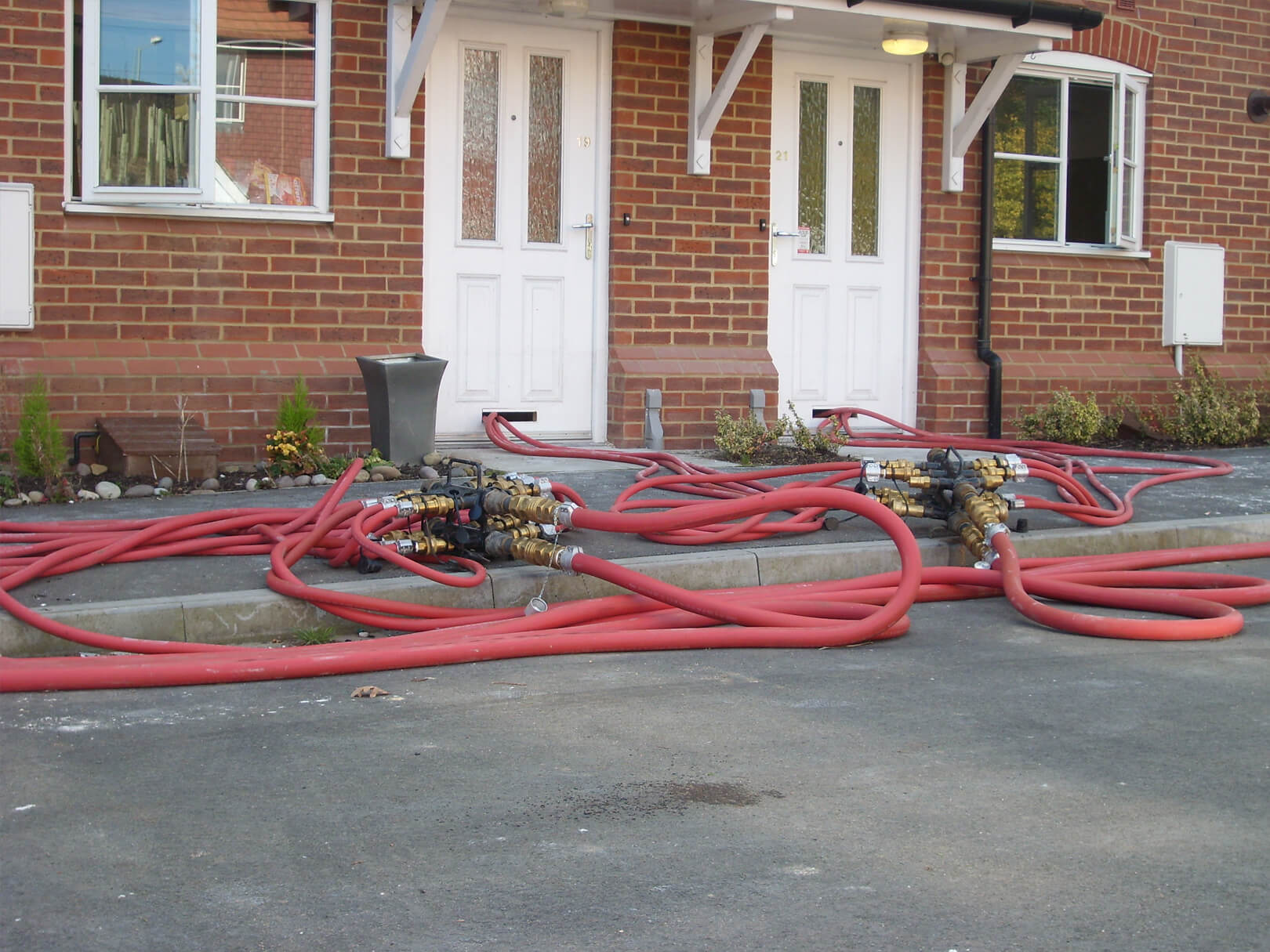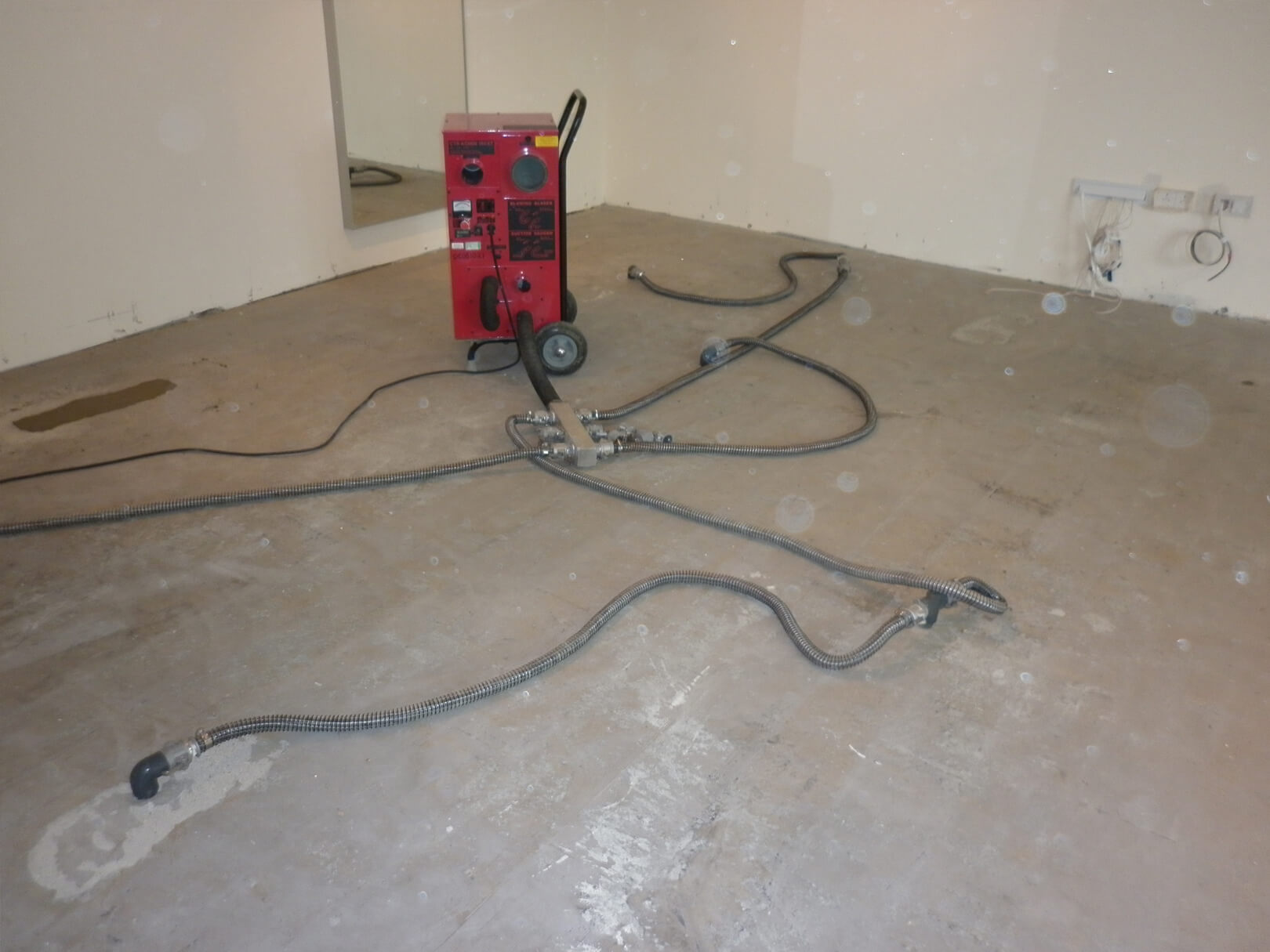Drying Process & Equipment
Business customers
Domestic customers
Ideal Response’s drying strategy stands on four pillars: creating optimal temperature, humidity and air movement levels within the affected area and a timely start to the drying process.
In terms of flood remediation, the initial extraction of the water itself is relatively easy. Drying ‘unseen’ water, however, is a very different proposition. The only way to do it is to encourage evaporation, and in order for this to occur as successfully as possible, the four drying pillars must be accurately balanced against each other based on the unique environment within which the drying is taking place.
Our state-of-the-art rapid drying equipment is strategically placed around the affected area to ensure optimal drying – and there’s more to that than you think.
Simply warming a flooded room speeds up evaporation, which increases the moisture content of the air. Choosing to then leave that area alone will cool the air and thus slow evaporation, so keeping the temperature under control is key. Increased humidity can also cause further secondary damage to materials in the room likely to absorb moisture easily.
Moving cooler, moist air away from wet surfaces and replacing it with warmer, dry air is important – but you may simply be displacing the moist air to another area where it may be causing damage.
Finding the right balance between temperature, humidity and air movement levels isn’t easy, and the longer it takes your flood remediation technician to make the right calculations, the more your property will be affected. Luckily, our experts have the knowledge to make the correct decisions quickly. Combining that with a two-hour response time for flooding emergencies means you can rest assured that further depreciation of your property will be kept to a minimum.











